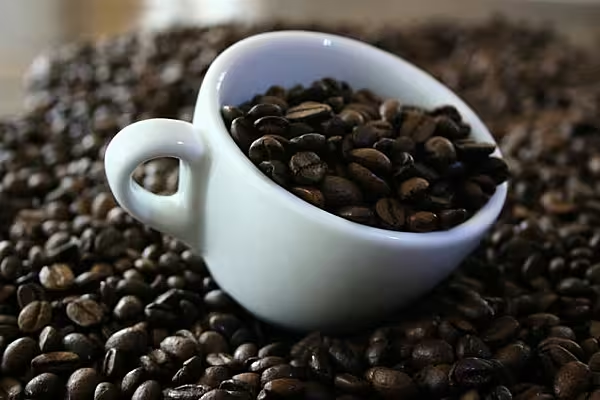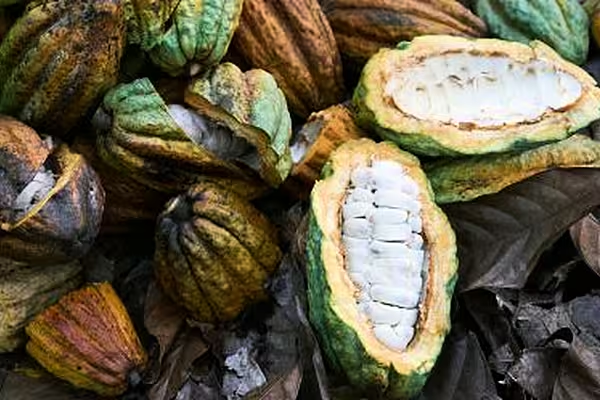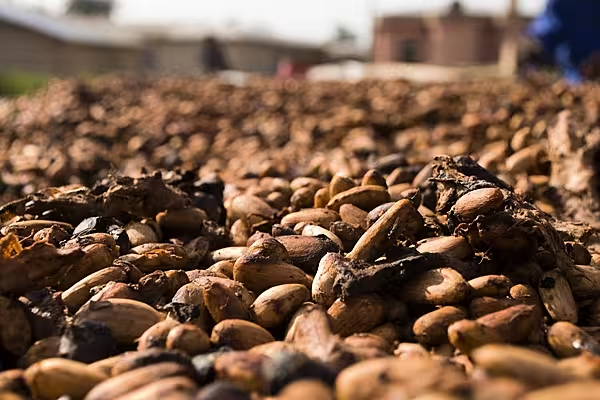Brazilian farmers who had coffee fields severely damaged a month ago by the worst frosts in 27 years have started taking out dead trees to make room for new plantings, with some of them planning to switch part of the affected land over to grains.
Farmers in Brazil's Minas Gerais state, the top coffee area in the country, are pruning the trees impacted by the frosts and in some cases taking the trees out altogether, using tractors, when they see that the plant has died.
Clearing coffee trees for soy and corn could allow Brazilian farmers to profit from high grains prices early next year when the row crops are harvested but fewer coffee trees in the world's top producer could lead to years of higher coffee prices for consumers.
Production Prospects
The worst cold front to hit Brazil's coffee producing area since 1994 is estimated by the government to have hit 11% of the planted area, potentially hurting production prospects for the next two seasons and likely driving the global coffee market to a supply deficit.
"Many farmers are already taking trees out. We can see from the road they are piling up the dead trees," said Airton Gonçalves, a coffee farmer in Patrocinio whose crops were damaged but has yet to take any action since he is still talking with his insurance company about compensation.
Most farmers, he said, do not have insurance on their crops so they have already started dealing with the damaged trees.
'Migrating To Grains'
"There will be some areas migrating to grains. A friend of mine that has 350 hectares (865 acres) decided to lease part of the land for soybean planting," said Gonçalves.
A rotation with soy in summer and corn in winter is one of the most profitable systems in Brazil, taking area from other crops such as sugarcane in the past. It will likely expand in Minas Gerais on traditional coffee areas.
Jose Braz Matiello, an agronomist with the Procafe foundation in Minas Gerais, said farmers tend to plant grains in low-lying areas, to avoid running the risk of having coffee hit by frosts again in the future.
Coffee is a perennial crop that stays in the field for years, unlike soybeans, which are planted in the spring and harvested in the summer.
Adriano Rabelo de Rezende, technical head at the Minasul coffee co-op, who flew over damaged coffee fields with Reuters after the frosts, said the recommendation is for farmers to wait for the rains before taking any action.
"With the rains some plants could recover, so it will be better to decide the best action: what type of pruning," he said.
Rainfall
Rains are expected in Minas Gerais by the end of the month. They will be key not only for the trees' ability to recover, but also for the flowering stage that will determine production potential for the next crop.
Mario Alvarenga, who has two coffee farms in Minas Gerais, said the drought remains challenging.
"You don't find any moisture in the soil up to 1 metre (40 inches) deep. Crops that were not hit by frosts are withering," he said.
Alvarenga estimates that 18% of his coffee crops were damaged by frosts. He has already started pruning where he thinks trees have a chance of recovering when the first rains arrive, leaving the ones that are dead to be taken out later.









